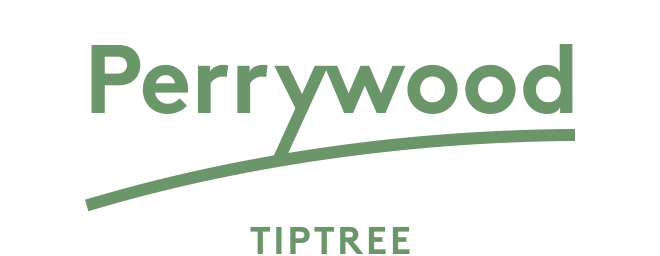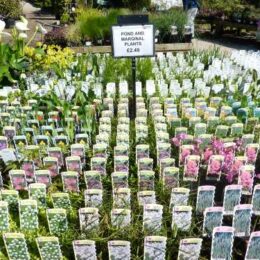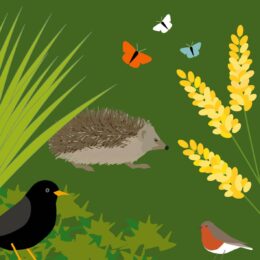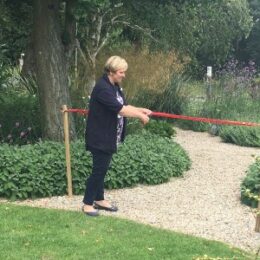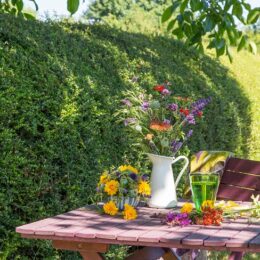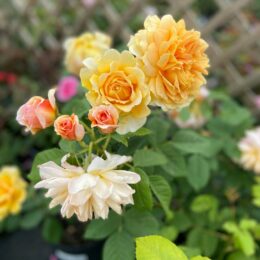Your garden is the perfect place for wildlife to thrive and you can get creative with all types of planting schemes or making bug hotels. Inviting wildlife such as bees, butterflies, birds, frogs, and hedgehogs into your garden can play a vital role in its natural ecosystem and carbon cycle.
A Wildlife Haven
Wildlife plays an active role in reducing carbon levels. They recycle carbon-rich biomass feeding it into the soil which is then recycled by your plants.
Here are a few ideas to attract wildlife to your garden:
- Create holes in the bottom of your fences to allow small creatures like hedgehogs to roam.
- Build a log wall or dry stone wall rather than a fence, insects will love hiding in them.
- Deadwood makes fantastic habitats for all sorts of wildlife.
- Make your own bug hotel.
- Grow pollinator-friendly plants to attract them to your garden.
- Build a pond for aquatic creatures – use a half barrel, tub or dig one in the ground.
- Provide food, water, and shelter!

Make Your Own Bug hotel
A bug hotel is a fantastic way to encourage insects into your garden. A purpose built home will attract beneficial insects such as pollinators that will keep your garden thriving with plants and flowers. Pest-eating bugs like ladybirds will keep nasty aphids from destroying your plants. Get really creative with your hotels by making them from wooden pallets or even picture frames. Children love to get involved and they can watch insects move in, counting different species.
It is important to support insects and pollinators as much as we can as habitats are decreasing due to new developments taking over their natural homes.
Read our full ‘How to’? Build a Bug Hotel guide to make your own at home.

Plant for Pollinators
Many plants rely on bees, (as well as other insects, like butterflies, moths, and hoverflies), to transfer pollen from one plant to another, allowing flowers to fertilise and enable the production of seeds and fruit. By creating bee friendly spaces within our gardens we can help support vulnerable populations while enjoying better harvests.
The key to maintaining a good population of pollinators within your garden is to plan for a succession of flowers. By providing a constant supply of pollen and nectar for pollinators to feed on you’ll keep them on site all year round. Native wildflowers and many of the traditional ‘cottage garden’ style plants are ideal choices for pollinators. Don’t just stick to perennials, a wide range of trees and shrubs also make great choices and attract a wide range of insects.
When walking around our Plant Area lookout for the ‘RHS Perfect for Pollinators’ symbol.

Salvia Blue marvel

Coreopsis presto yellow

Salvia Suncrest flamenco rose

Cleome senorita Rosalita

Lavender
Help Wildlife By Not Mowing Your Lawn

Mowing the lawn can destroy wildlife habitats in your garden. Leaving the lawn to grow or at least in some areas can help wildlife by:
- Creating places to hide, give shelter, or provide homes
- Supplying food – attract pollinators such as bees, butterflies, beetles, and many more.
- Providing birds with nesting materials
If you’re not keen on the idea of having an unkempt lawn but are willing to compromise in order to support wildlife, then we have some alternative tips you can try – read our ‘How to‘ guide.

